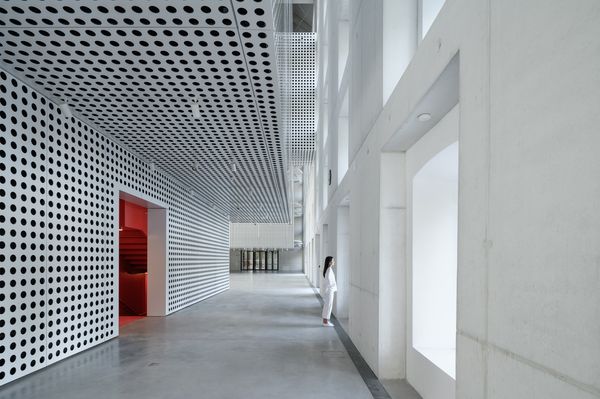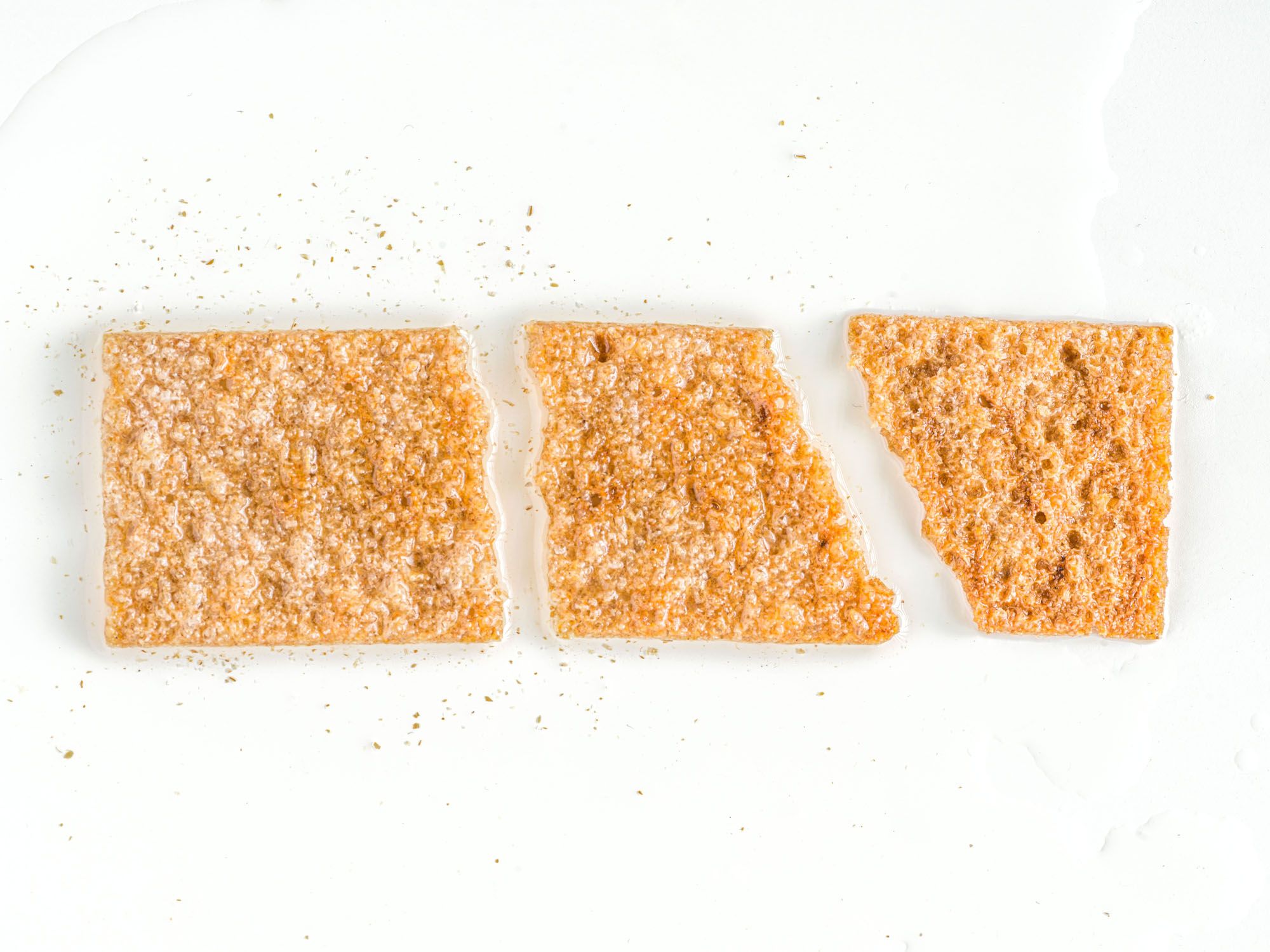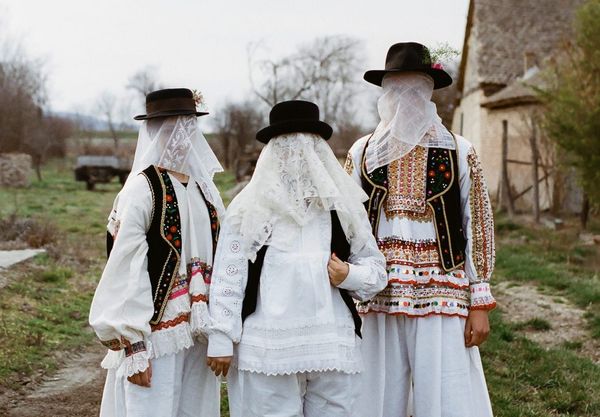Our series on our twisted food experiences has reached a new chapter, as we use photographs to recall different sensations associated with certain foods. This month we explore the concept of disgust—join us if you’re brave enough.
What is disgusting and what is not is sometimes the result of a subjective choice, but other times it’s an instinctive reaction. The origins of the emotion have already been explored by Charles Darwin: he found that it is rooted in multiple phenomena. It is both genetically encoded to be disgusted by certain things that are likely to be dangerous, and also a learned behavioral pattern, often as a result of negative experiences. It is a self-defense mechanism for our bodies to discourage us from consuming toxic things—research shows that those who are more prone to disgust are less likely to catch various infections. This is particularly evident in civilized societies, where it is already possible to avoid factors that could be a source of illness (e.g. dead animals). For example, a high percentage of people who have contracted the Covid disease reported feeling disgusted by certain tastes and smells for months afterward, but a similar phenomenon is also observed among pregnant women. In such cases, our nervous system (and our gut flora, based on the gut-brain-microbiome axis) plays the role of guardian.
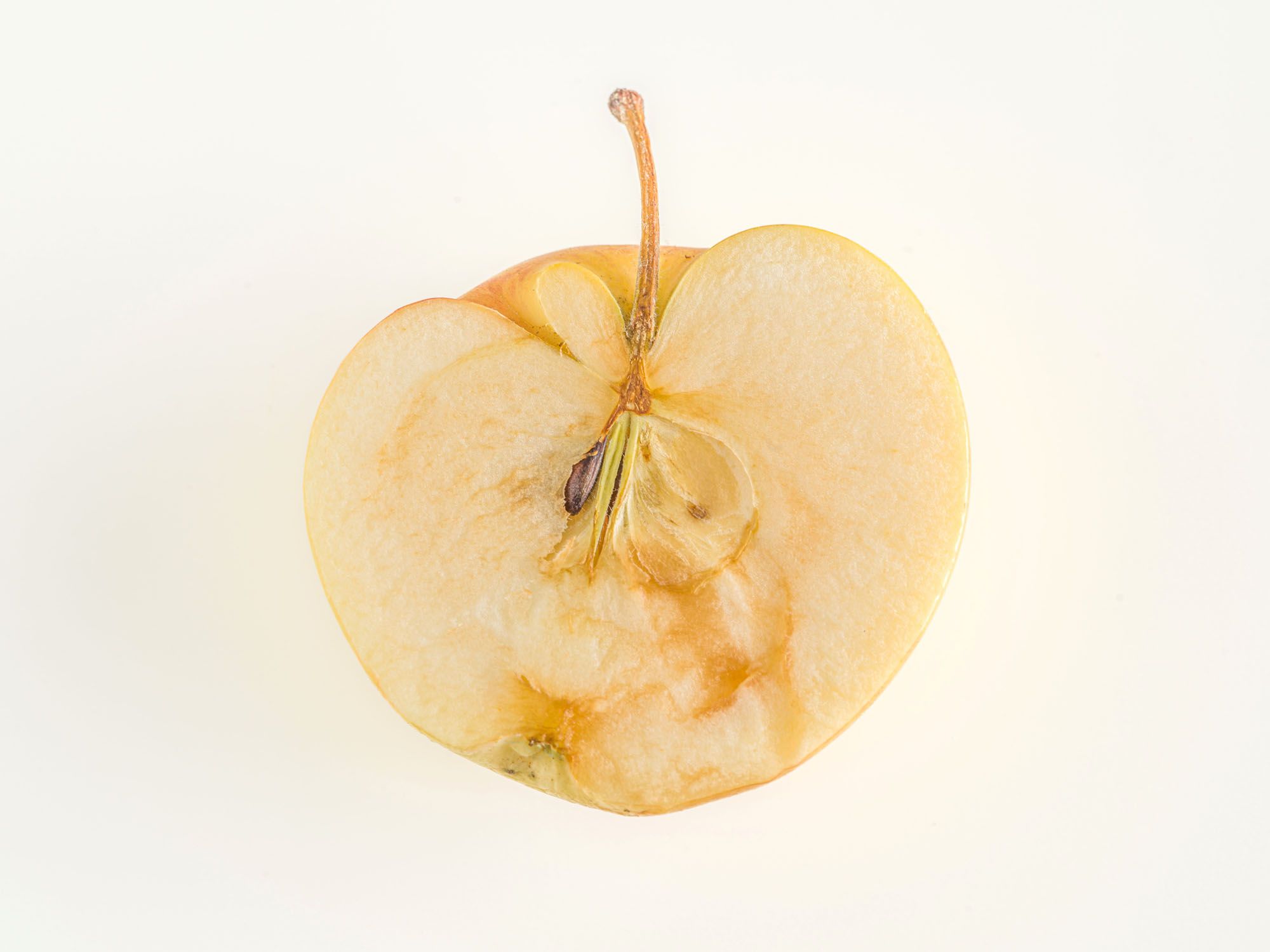
When we are disgusted, it is a part of our brain’s limbic system, the amygdala, that is responsible for deciding whether we are encountering something good or bad. If it senses danger, it develops a feeling of disgust, which prompts us to move away from the trigger and, above all, not to swallow it. We react to this physically: interestingly, our mimic reaction to disgust is one of the few facial expressions that seems to be culture-independent, and therefore universal, i.e. evolutionary. It is the triad of the wrinkled nose, open mouth, and upturned lips, whose use has even been observed in visually impaired and deaf people. We also interpret each other’s expressions of disgust, because if we see the other’s contorted face, it is a warning signal to us. It has also been shown that the feeling increases with the use of the facial expression.

There is also a distinction between different types of disgust in our speech and writing—in most languages, there are at least two words to describe disgust, one for the visceral kind and another for the moral kind. It is the latter that is more of a cultural product, think for example of a used handkerchief, which is perfectly acceptable to keep in your pocket in Europe, whereas in the Far East it is considered downright indecent.
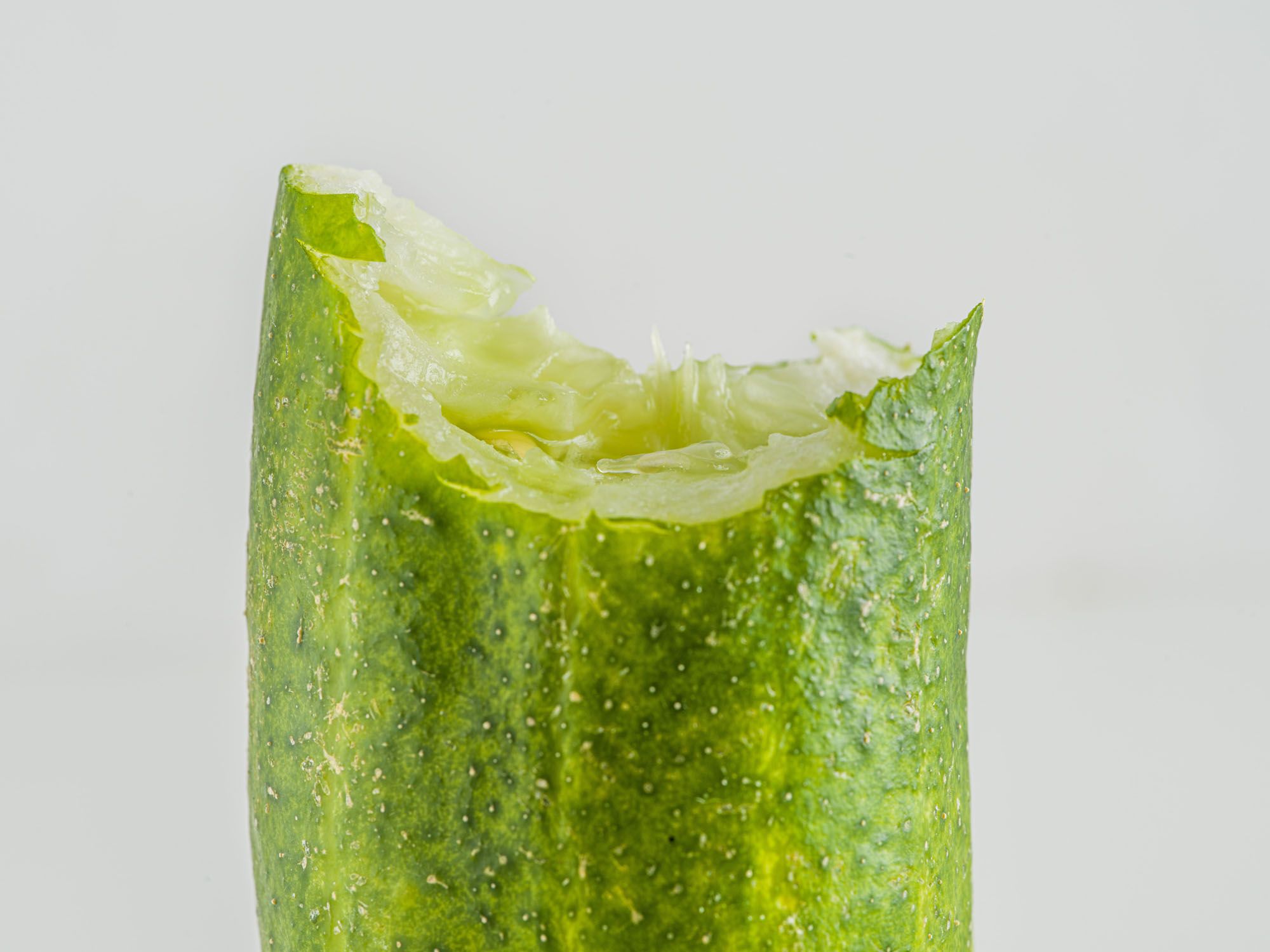
In fact, the question of disgust can sometimes be almost ironic. Chewing food, gum, for example, feels perfectly normal in our own mouths, but when seen in someone else’s, it is considered disgusting. It is the same when a crunchy thing gets soggy—surely we all know people who refuse to eat cereal unless the liquid is freshly poured over it. The sight of browning fruit and vegetables can easily make us feel uncomfortable (with avocados, for example), even though the process of oxidation is only natural, and it is merely our mind (over)protecting us from potential pathogens. It’s safe to listen to it, but sometimes it’s worth exercizing a bit of conscious reasoning.

Photos: László Sebestyén
Source: Nosalty, Házipatika, Wikipedia

MIT includes Hungary in its innovation program
